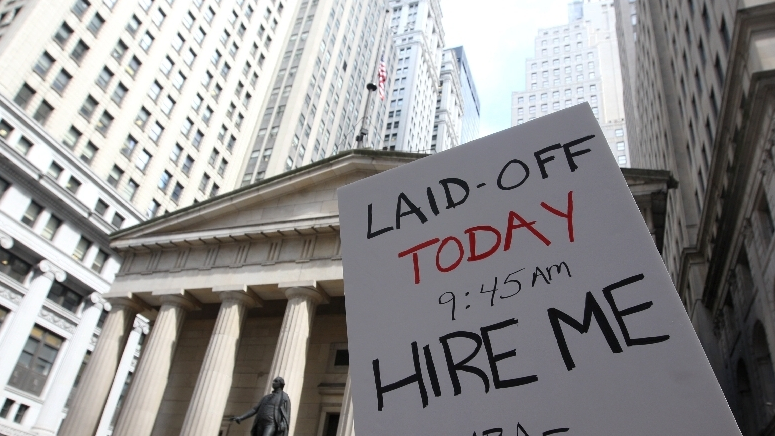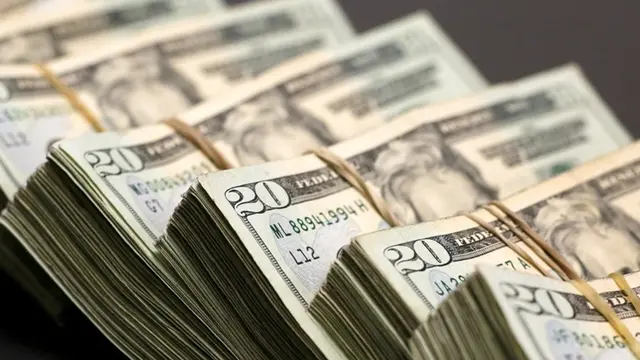Debt is like sugar, which is welcomed almost everywhere. Too much debt, as everyone knows, probably causes bad consequences, as excessive sugar intake could affect our health. As the 2020 Institute of International Finance G20 Conference kicks off on February 22 in Riyadh, Saudi Arabia, the world is about to face an all-time high global debt of 257 trillion U.S. dollars in the coming month. Should we be worried about it given the rampaging coronavirus is making the situation more complicated?
Based on some common sense and past experiences, we may conclude that an imminentcredit related crisis is not yet in sight. It's understandable that the debt level almost always grow along with the overalleconomy. It's not the scale but the timing of debt that matters.
Whenever the interest rate is low or trending down and borrowings are used effectively to generate incremental growth, the debt-for-growth model is sustainable; otherwise things can go extremelywrong like the case in 2008.
From 2003 to 2007, the global economic growth surged from three percent to overheated 5.67 percent (World Bank); most economies experienced increasing inflation ranging between 4.5 percent in high-income countries and 11 percent in middle-income countries. To counter the inflation and cool down the economy,Chineseand Indian central bank lifted the benchmark interest rate for 8 and 10 times. The Federal Reserve was the first among the major ones to raise its key rate (starting in June 2003); after a 17-time hike of the federal fund rate from onepercent to 5.25 percent, the economy slowed down from 4.33 percent to 1.97 percent, while the inflation edged up from 3.4 percent in 2005 to 3.8 percent in 2008.
Households and companies in debts were caught in the middle of increasedinterest expenditure, higher living costs andreduced income due to the slower business. At a certain point, debtdefaults of large scale entities were inevitable. Since other economies were facing more or less similar difficulties, the crisis quicklybecame contagious.
In terms of leverage (measured by the ratio of debts from private sector and bank loans to the gross domestic products), thecurrent situationlooks tricky. The global median leverage ratio in the previous three years before 2008 was 239.6 percent, and the one during the last three years was 262.3percent (Bank of International Settlement data). Nevertheless, noonepanickedbecause there's akey difference that lies inthe economic and policy environment.

A protester holds a slogan outside the historic Federal Hall where U.S. President Barack Obama is speaking in the heart of Wall Street in New York, September 14, 2009. /Xinhua Photo
From 2013 to 2018,the growth of world economy has been stabilizingaround 3.5 percent with no signs of drastic changes in sight. Both monetary and fiscal policies in major economies are clearly accommodating,with the leading interest rates at or close to historical low since 2009 and extensivetax cuts.
Despite the huge money supply,the inflation in most major economies remain relatively tame between one and2.5 percent in advanced economies,and fourto sixpercent in emerging market.In addition, comparingto the life overa decade ago, households and corporations, generallyspeaking, are finding themselves in a comfort zone with more stable revenues and flat or declining costs.
Although we don't have to worry too much, there'retwo concerns that need to be cautiously and immediately addressed. Firstis the new imbalance of the debt structure in the major countries. The leverageof some governments has been increasing constantly, while that of non-financial companies in other countries remains alleviatedsince the financial crisis. In the United States, for instance, the leverage of the households has lowered from 98.6 percent to 74.9 percent, but that of the government has climbed from 58.8 percent in 2008 to 97.7 percent in the first quarter 2019.
In Euro Zone governmental leverage increased from 66.7 percent to 86.5 percent, whilethat in corporate area also picked up from 92.9 percent to 107.4 percent (compared to 74.9 percent in the United States). Assuming more responsibilities by the governments would be necessary during emergencies but should not become a new normal.
Second is the recent outbreak of COVID-19 in China which mightcause some serious uncertaintieswhichcould push up the corporate and governmentalfunding cost in the short run. Roughly estimating, this epidemiccould cost us 460-470 billion yuan in the first quarter; especially the service related businesses have been badly hit due to the shutting down of the markets.
To provide reliefs to the companies by postponing or reducing tax payment or granting special subsidies, cover the medical expenses for the infected patients and quickly build up hospitals, the central government may have to bump up the deficit ratio from 2.8 percent to 3-3.3 percent.
This year's fiscal expenditure could increase by double digits and further push up the government leverage. Internationally, the epidemic also causes negative impacts. Outbound tourism, for instance, could go down by 60 to 80 percent in the first quarter; that means 39 to 53 billion U.S. dollars revenue disappear for foreign airlines, shopping malls and restaurants.
(ASIA PACIFIC DAILY)
 简体中文
简体中文





